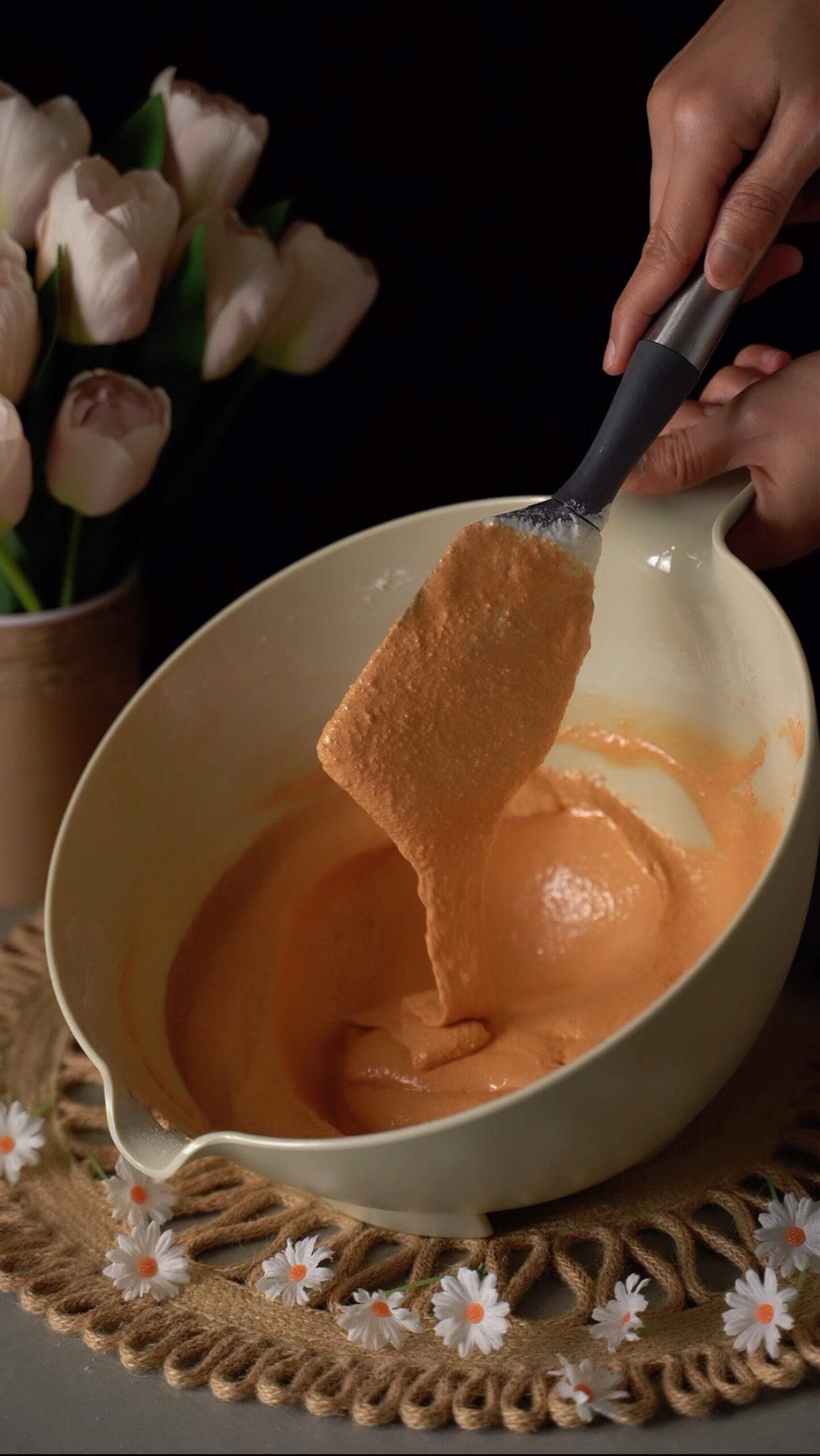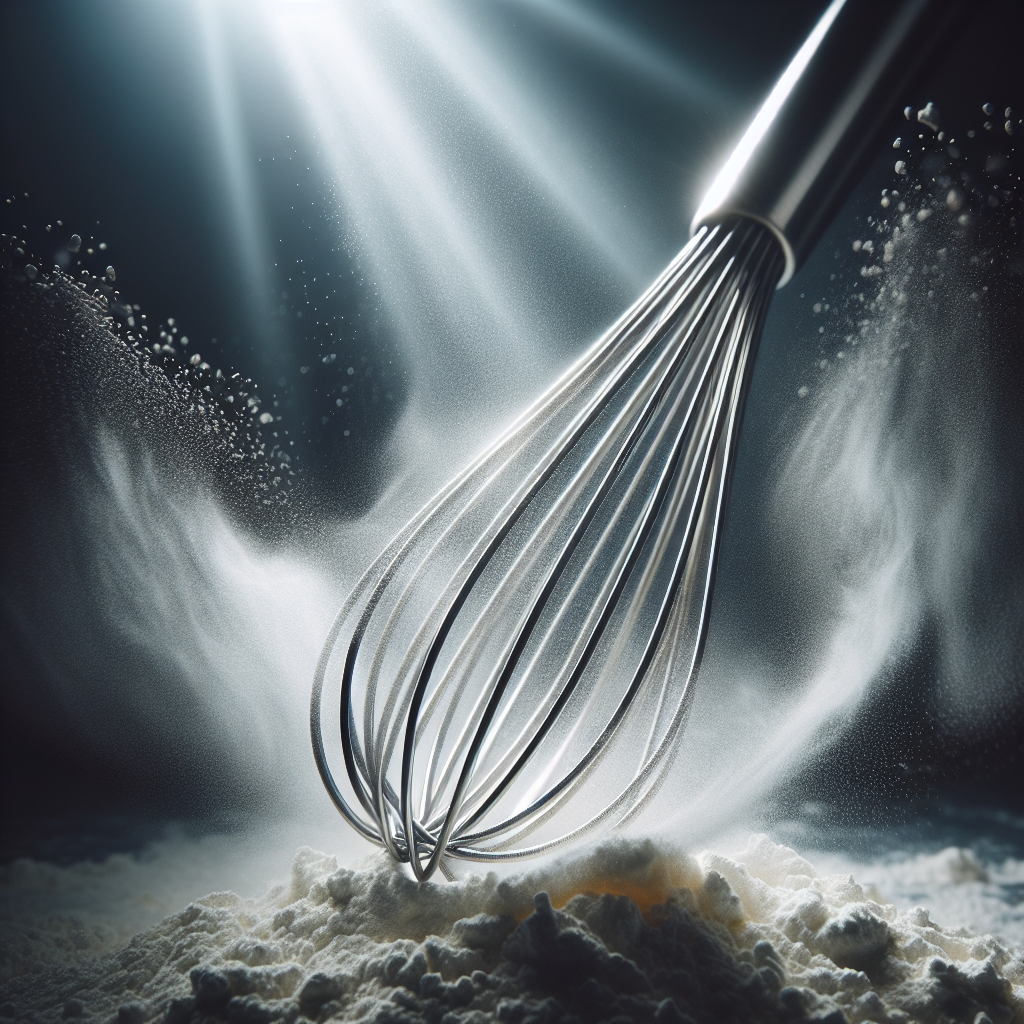In the world of cooking, mastering the perfect stirring and whisking techniques can truly elevate your culinary creations. From creating smooth and creamy sauces to incorporating air into fluffy batters, these essential skills are invaluable in the kitchen. Here at Tastepan, we understand the importance of honing these techniques, and that’s why we’ve compiled expert advice, tips, and step-by-step instructions to help you become a true kitchen pro. Whether you’re a novice or a seasoned chef, our comprehensive guides and instructional videos will equip you with the skills needed to take your cooking to the next level. So, grab your whisk and prepare to embark on a culinary adventure filled with perfectly stirred and whisked delights!

Importance of Stirring and Whisking
Why stirring and whisking are essential in cooking
Stirring and whisking are fundamental techniques in cooking that play a crucial role in achieving desired texture and flavor in dishes. These techniques allow you to evenly distribute ingredients, prevent burning or scorching, and create emulsions or incorporate air into the mixture. Whether you’re making a sauce, batter, or custard, mastering the art of stirring and whisking will significantly enhance your cooking results.
How stirring and whisking affect the texture and flavor of dishes
Stirring and whisking impact both the texture and flavor of dishes. When you stir or whisk ingredients, you create friction and movement, ensuring an even distribution of flavors throughout the dish. This not only enhances the taste but also improves the overall texture by breaking down ingredients and creating a homogenous mixture. Stirring and whisking can also introduce air into the mixture, resulting in light and fluffy textures, such as whipped cream or meringue.
Types of Stirring and Whisking Tools
Different types of spoons and spatulas for stirring
There are various types of spoons and spatulas available for stirring, each serving a specific purpose. Wooden spoons are versatile and gentle, making them perfect for delicate mixtures and scraping the bottom of the pan. Silicone spatulas, on the other hand, are heat-resistant and flexible, allowing you to easily reach the corners of bowls and pots. Metal spoons and spatulas are sturdy and durable, suitable for mixing heavy batters and doughs. Having a variety of stirring tools in your kitchen arsenal ensures that you can choose the right one for every cooking task.
Whisks and their different variations
Whisks come in various shapes and designs, each tailored for specific purposes. The most common type is the balloon whisk, which features a bulbous shape with wires that efficiently incorporate air into the mixture. Flat whisks, also known as roux whisks, are excellent for making sauces and gravies as they can reach the corners of pans and evenly distribute heat. French whisks are slimmer with a longer handle, ideal for delicate tasks such as stirring custards or creams. By having a collection of whisks with different shapes and sizes, you can confidently tackle any whisking task in the kitchen.
Stirring Techniques
The importance of uniform stirring
Ensuring uniform stirring is crucial to achieve consistent results in your dishes. When you stir ingredients in a uniform manner, you encourage even heat distribution, prevent burning or undercooking, and incorporate flavors evenly. Uniform stirring also allows for the proper blending of ingredients and helps to avoid clumps or uneven texture. By paying attention to your stirring technique and maintaining a consistent motion, you can elevate your cooking to a whole new level.
Different techniques for stirring ingredients
There are several techniques you can employ while stirring ingredients, depending on the dish you’re preparing. A circular motion is the most common and versatile technique, providing even mixing and preventing ingredients from sticking to the bottom of the pan. The figure-eight motion is useful when you want to thoroughly combine ingredients without overworking the mixture. For delicate ingredients that require minimal agitation, the folding technique is ideal. This gentle motion helps maintain the integrity of fragile components while still incorporating them into the mixture.
Whisking Techniques
The purpose of whisking ingredients
Whisking ingredients serves various purposes, depending on the desired outcome. One primary purpose is to combine ingredients thoroughly, ensuring there are no clumps or uneven distribution. Whisking is also key to creating smooth sauces or emulsions by incorporating and blending fats and liquids together. In some instances, whisking can be used to introduce air into the mixture, resulting in a light and airy texture.
The different types of whisks and their uses
Different types of whisks have specific purposes and are designed to achieve particular outcomes. Balloon whisks are excellent for general whisking and incorporate air efficiently. Flat whisks are perfect for making roux as they allow you to reach the entire surface of the pan. French whisks are ideal for whisking delicate ingredients and creating smooth creams or custards. By understanding the different types of whisks and their uses, you can select the most appropriate tool for each whisking task.
Basic whisking technique
To master the basic whisking technique, start by holding the whisk firmly and placing it in the center of the bowl or pan. Use a quick back-and-forth wrist motion while keeping the whisk in contact with the bottom of the bowl or pan. As you whisk, gradually increase your speed and intensity to ensure thorough mixing. Remember to pay attention to the edges and corners of the bowl or pan to incorporate all the ingredients evenly.
Whisking for incorporating air
When the recipe calls for incorporating air into the mixture, use a balloon whisk and increase your whisking speed. Maintain a vigorous up-and-down motion, ensuring that air is evenly distributed throughout the mixture. This technique is commonly used to whip egg whites or cream, resulting in light and fluffy textures.
Whisking for emulsifying
To emulsify ingredients, such as oil and vinegar for dressings or mayonnaise, use a whisk to create a stable mixture. Start by slowly adding the oil to the vinegar while whisking vigorously. This constant whisking action breaks the oil into tiny droplets and disperses it evenly within the vinegar, creating a smooth and well-blended emulsion.

Tips for Perfect Stirring and Whisking
Choosing the right tool for the job
Selecting the appropriate stirring or whisking tool for each task is essential for achieving the desired results. Consider the consistency and sensitivity of the ingredients, as well as the type of container you are working with. For thick batters, sturdy metal spatulas or spoons may be more effective, while delicate sauces may require silicone spatulas or wooden spoons to prevent scorching. By choosing the right tool, you can ensure efficient and effective stirring or whisking.
Using the appropriate speed and pressure
The speed and pressure at which you stir or whisk play a significant role in the outcome of your dish. Adjust your speed based on the ingredients and the desired texture. Faster stirring or whisking can incorporate more air and create lighter textures, while slower motions allow for better control and precision. Similarly, adjust the pressure you apply to the tool based on the resistance of the ingredients. Gentle pressure is suitable for delicate ingredients, while more force may be required for heavier mixtures.
Avoiding splatter and spills
To minimize splatter and spills while stirring or whisking, start slowly and gradually increase your speed. Keep the tool deep in the mixture to prevent any splashing, especially when working with liquids. Additionally, choose a bowl or pan with high sides to contain the ingredients more effectively. If you’re using an electric mixer, begin at a low speed and gradually increase it to avoid splatter.
Adjusting temperature while stirring and whisking
In some cases, adjusting the temperature while stirring or whisking is necessary to achieve the desired results. Lowering the heat can prevent scorching or burning, especially when working with delicate ingredients or sauces that require prolonged stirring. On the other hand, increasing the heat may be necessary to speed up the cooking process or thicken certain mixtures. Paying attention to temperature adjustments can significantly impact the outcome of your dish.
Common Mistakes to Avoid
Over-stirring or over-whisking ingredients
Over-stirring or over-whisking ingredients can lead to undesirable results, such as tough batters or deflated whipped creams. It’s essential to know when to stop stirring or whisking to avoid overworking the mixture. Take note of the recipe instructions and follow them carefully to achieve optimum results.
Not using the right tool for the task
Using the wrong tool for stirring or whisking can make the task more challenging and affect the final outcome. Ensure you have a variety of tools available and select the one best suited for the specific task at hand. By using the right tool, you can effectively stir or whisk ingredients and achieve your desired results.
Neglecting to scrape the sides and bottom of the bowl
When stirring or whisking, it’s crucial to scrape the sides and bottom of the bowl to incorporate any ingredients that may have settled or clung to the surface. Neglecting to do so can result in uneven mixtures and affect the overall taste and texture of the dish. Use a spatula or spoon to scrape the sides and bottom periodically, ensuring thorough incorporation of all the ingredients.
Not adjusting speed or pressure as needed
Failing to adjust your stirring or whisking speed and pressure according to the recipe and the consistency of the ingredients can lead to inconsistent results. Beginners often make the mistake of using a one-size-fits-all approach, resulting in uneven mixtures or underdeveloped textures. Pay attention to the recipe instructions and make adjustments as needed to achieve the desired outcome.

Stirring and Whisking for Specific Dishes
Stirring and whisking techniques for sauces and gravies
When making sauces and gravies, stirring or whisking is crucial in preventing lumps and achieving a smooth texture. Use a whisk or flat whisk to incorporate ingredients evenly and eliminate any clumps. Pay close attention to the heat and adjust as necessary to avoid scorching or curdling.
Stirring and whisking for batters and doughs
Batters and doughs require thorough mixing to ensure proper hydration and ingredient distribution. Use a sturdy spoon or spatula to stir batters, ensuring all dry ingredients are fully incorporated. Whisking is also essential when making doughs, especially for bread or pastry, as it develops gluten and creates structure.
Stirring and whisking for soups and stews
When preparing soups and stews, stirring is essential to prevent ingredients from sticking to the bottom and ensure even cooking. Use a wooden spoon or silicone spatula to gently stir the mixture, ensuring that all the flavors meld together. For cream-based soups, whisking can help incorporate the cream smoothly.
Stirring and whisking for custards and creams
Stirring and whisking are crucial when making custards and creams to ensure a smooth and creamy texture. Use a whisk or wooden spoon to continuously stir the mixture while it cooks, preventing any lumps or scorching. Gentle folding motions can also be employed to incorporate delicate ingredients into custards or creams without deflating them.
Creative Ways to Elevate Stirring and Whisking
Using different flavored liquids for whisking
To add an extra dimension to your dishes, experiment with using different flavored liquids for whisking. Instead of using plain water, try using flavored syrups, fruit juices, or even infused oils to enhance the taste of dressings, custards, or creams. Get creative and explore the wide range of flavors available to elevate your whisked creations.
Experimenting with alternative whisking tools
While traditional balloon whisks and flat whisks are widely used, consider experimenting with alternative whisking tools to achieve unique textures and outcomes. Whisk attachments for hand blenders or even electric mixers with specific whisk attachments can provide different results. These alternative whisking tools may introduce more air, create finer textures, or offer better control depending on the recipe you’re working with.
Incorporating additional ingredients while stirring or whisking
Stirring and whisking present excellent opportunities to incorporate additional ingredients into your dishes. For example, when making a sauce, consider adding herbs, spices, or grated cheese while stirring to infuse the flavors. Whisking can be a great time to add in seasonings or flavoring extracts to enhance the taste. Be mindful of the texture and cooking time required for the added ingredients to ensure they meld seamlessly into the mixture.
Proper Cleaning and Maintenance of Stirring and Whisking Tools
Cleaning tips for wooden and silicone stirring tools
Wooden and silicone stirring tools are prone to absorbing odors and flavors, so proper cleaning is essential to maintain their integrity. To clean wooden tools, hand wash them with mild detergent and warm water, ensuring they are thoroughly dried before storage. Silicone tools can be cleaned in the dishwasher or by hand using mild soap. However, it’s always recommended to check the manufacturer’s instructions for specific cleaning recommendations.
Removing food residue from whisks
Food residue can be stubborn to remove from whisks, especially from the wire loops. To remove the residue, soak the whisk in warm, soapy water for a few minutes before gently scrubbing the wire loops with a brush or sponge. Rinse thoroughly with clean water and dry the whisk immediately to prevent any water spots or potential rust.
Storage and organization of stirring and whisking tools
Proper storage and organization of stirring and whisking tools can prolong their lifespan and ensure easy access when needed. Consider using a utensil holder or drawer organizer to keep your tools neatly arranged and readily available. Keep wooden tools away from direct heat sources, as prolonged exposure can damage them. Whisks should be hung or stored upright to prevent the wire loops from bending or becoming misshapen.
Conclusion
Stirring and whisking techniques are fundamental skills that every home cook should master. These techniques play a crucial role in achieving desired texture and flavor in dishes, whether you’re making sauces, batters, custards, or creams. By understanding the importance of stirring and whisking, choosing the right tools, and employing appropriate techniques, you can elevate your cooking to new heights. So, embrace the art of stirring and whisking, and watch your culinary creations reach their full potential. Happy cooking!

